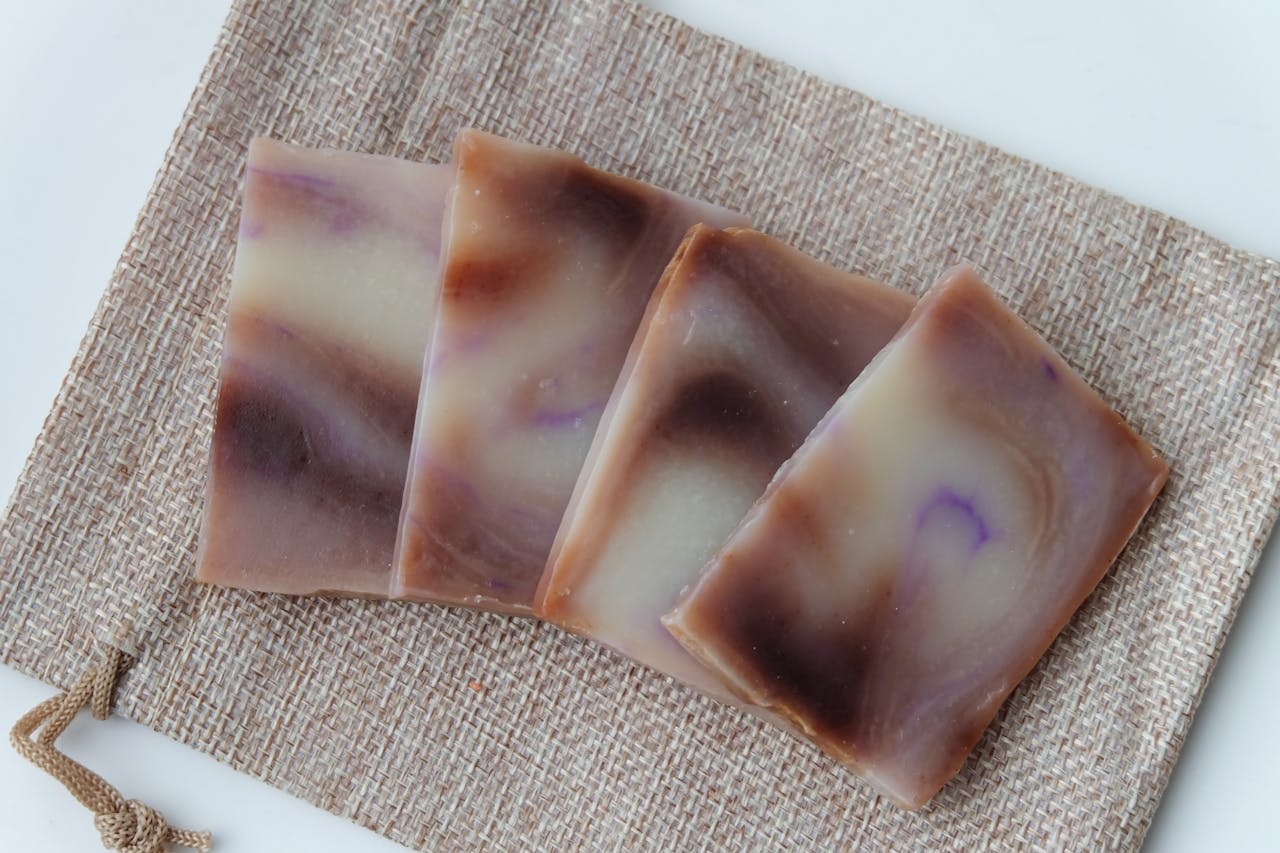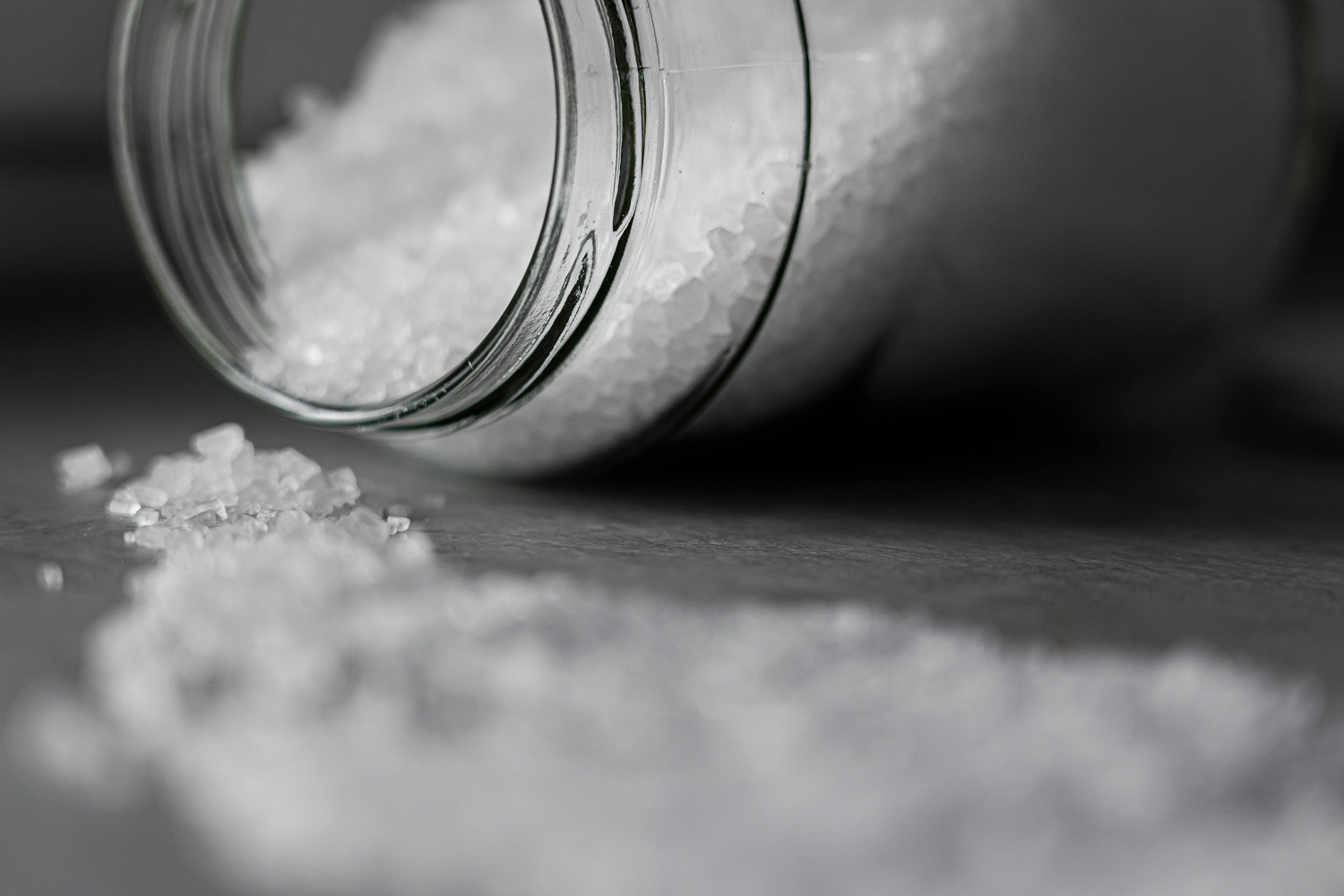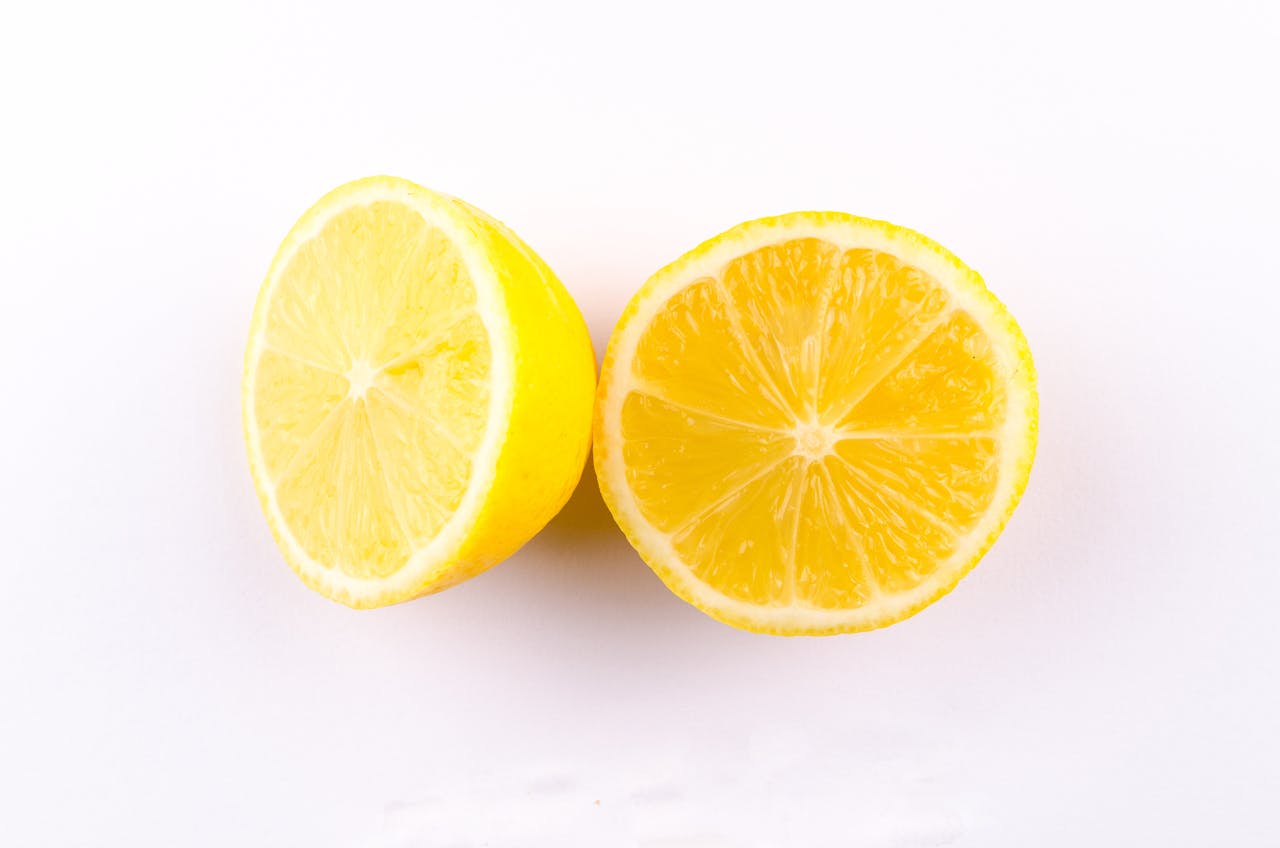Making your cleaning products is an easy way to be greener around your home (by which I don’t mean that your home should look greener because of slime and mould growing on it!). A small stable of essential cleaning items is necessary for any “green cleaner” as they crop up repeatedly in make-your-own cleaner recipes. These items are non-toxic or only minimally toxic, won’t make your skin dry and cracked and don’t give off any (or many) toxic fumes. You can even eat some of them. This is a quick list (a what’s what) of these common ingredients and how they are used.
Product: Baking soda
What is it? Bicarbonate of soda, sodium bicarbonate, cooking soda NaHCO3. A white, alkaline powder. More familiar as a baking ingredient and as one of the components of baking powder. It is non-toxic but doesn’t taste all that pleasant on its own.
How it’s used: Baking soda is an excellent all-purpose cleaner, alone or in combination with other ingredients. It absorbs odours and can scrub hard surfaces (e.g., whiteware, china, Formica, metal, glass) without scratching. When used with vinegar, it reacts, and the resulting effervescence (fizzing) can loosen tough dirt. Oh, and you can use it in baking and treat beestings! It’s an absolute staple.

Product: Vinegar
What is it? Vinegar (acetic acid) can be described as brewing gone wrong – any liquid intended to become an alcoholic drink can become vinegar. It can be made from all sorts of sources, with the most common being white vinegar (from white grapes), cider vinegar (apples), malt vinegar (barley) and wine vinegar (red grapes). White vinegar is best used for house cleaning, with malt vinegar running a close second. Other vinegars work but should not be wasted on cleaning because they are more expensive. Don’t use balsamic vinegar for cleaning – it is too sticky to clean effectively and too delicious/expensive to waste on cleaning a cupboard.
How it’s used: Vinegar cleans without leaving a residue, making it suitable for window cleaning. When used neat or slightly diluted (which is why it is used in pickling and preserving), it has antibacterial properties and can kill mould. It reacts with baking soda to “fizz” off stubborn dirt or to unblock drains. It can also neutralize alkaline substances such as ammonia or soap. However, if malt vinegar’s all you’ve got on hand and you need to unblock a drain, use it!
Product: Alcohol
What is it? A liquid produced by fermenting sugars and yeasts, then distilling the results to remove as much water from the fermented brew. Strong spirits like vodka, brandy, and whisky are best for cleaning. Rubbing alcohol su,rgical spirits, and methylated spirits can also be used for cleaning. Mostly non-toxic if taken in small amounts, except for the methylated spirits, which is toxic. Don’t use low-alcohol beverages such as beer and wine, liqueurs or anything sticky for cleaning.
How it’s used: Alcohol kills bacteria, dissolves some substances (e.g., ink) that won’t come off with water, and evaporates without leaving a residue. It is suitable for use as a stain remover in the laundry, a glass cleaner, and a disinfectant.
Product: Lemon juice
What is it? Citric acid is squeezed out from the lemon fruit. Citric acid is also present in the juice of other citrus fruits, such as oranges and grapefruit, but not in such significant quantities. Non-toxic and very good for you. It can be expensive to use unless you grow your lemons or have access to large amounts of lemons.
How it’s used: Lemon juice is a mild bleach in sunlight and can be used as a stain remover. It acts as a mild disinfectant and can kill mould spores. While it does not absorb odours, the aroma of lemons (juice and peel) freshens the air.

Product: Soap
What is it? A blend of solid lye (caustic soda) and fats, usually tallow or palm oil. Often, soaps have other bits and pieces added to alter the colour, the scent and the texture. Probably non-toxic but highly unpalatable – the old “wash your mouth out with soap after using such filthy language” never killed anyone but was very unpleasant. It must be rinsed off the skin after use. Making your soap can be a profitable and amusing hobby/craft.
How it’s used: Soap breaks water’s surface tension, which means that water is better able to interact with dirt and lift it away from whatever you want to clean. It works best in the form of foam (lather) or gel (made by pouring boiling water over scraps of soap). It also denatures oils and grease so they can be cleaned off more quickly and is a mild disinfectant.
Product: Essential oils
What is it? Essential oils are the volatile aromatic principles (essences) derived from plants, usually via distillation. As they are concentrated, they are toxic, even if they are derived from a non-toxic plant.
How it’s used: Essential oils are mainly used for domestic cleaning to scent other ingredients. Some oils also have antibacterial properties (e.g. lavender, pine, thyme, oregano), and others remove stains (eucalyptus).

Table salt
Like baking soda, it cleans without scratching and washes away easily. However, it is a bit harsher than baking soda and should not be mixed with soap—soap does not lather in salty water.
Beeswax and turpentine (preferably vegetable turps rather than mineral): Combine these two to make a good polish for all wooden surfaces. Various recipes for this exist, both with and without essential oil. Grate the beeswax and melt it in a double boiler before stirring in the turpentine and essential oil.
Other ingredients that are used in natural cleaning products, though not as frequently, include:
- sand
- washing soda
- borax
- glycerine.

